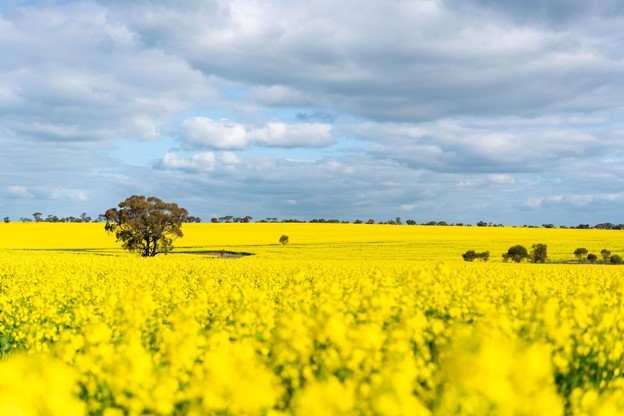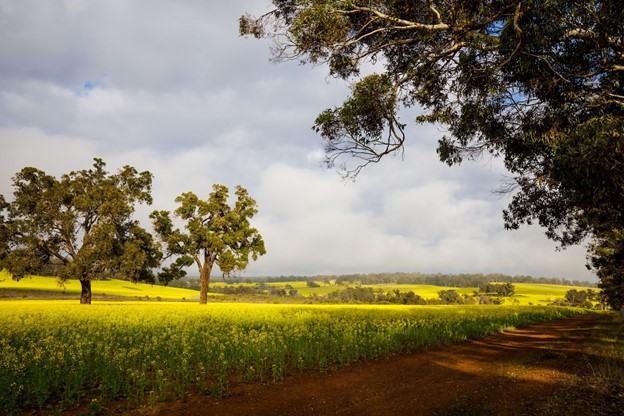Australian Canola Crop Outlook Remains Positive
Early in 2022, the headlines read, “Australia points to a larger canola crop.” While recent figures show a forecast that has been revised downward, the outlook for this oilseed crop remains positive. Current predictions suggest a crop of 4.7 million metric tons for the marketing year 2022/23. This figure is down from the estimate of 6.35 million metric tons for 2021/22 but will still be the second-largest crop in history if the estimates are realised.
The healthy Australian canola crop production levels result in high export figures. These figures are good news at a time when the world’s biggest producer of canola, Canada, is experiencing reduced crop levels due to fewer areas being planted. For 2022/23, the canola export estimates for Australia are 3.6 million metric tons. These estimates are down on the previous year, but they are still amongst the highest figures historically.
Key points
- The predicted Australian canola crop for 2022/23 is 4.7 million metric tons.
- This predicted canola crop for 2022/23 is less than the predicted figure of 6.35 million metric tons for 2021/22 but will still be the second largest crop in history if estimates are realised.
- Canola export estimates for Australia for 2022/23 are 3.6 million metric tons.
- Australia is the second largest exporter of canola in the world, after Canada.
- Western Australia has the largest canola crop in Australia and produces around 40% of the national crop.
Why Australian canola continues to be a sought-after product
Australian canola accounts for around 15-20% of the total global export market. Annual production levels have consistently been at around the 3 million metric tons level in recent years increasing significantly for 2021/22 and 2022/23, and Australia exports a significant amount of this crop to Europe, China, Pakistan, and Japan.
There are several reasons why canola is so sought after internationally, including its reputation as a food-grade healthy oil, biofuel, and stock feed. In the case of Australian canola, it meets sustainability criteria due to the use of sustainable farming methods. This sustainability, coupled with reliable crop yields, makes it a popular choice for importing countries.
The importance of pollination in the production of canola
Pollination has an essential role to play in the production of canola. This pollination happens with the use of different vectors, including the honeybee. The entomophilic structure of canola flowers is attractive to honeybees due to their being a good supply of nectar and pollen.
Although some experts suggest the self-pollinating nature of canola means it does not require any help from external sources such as the honeybee, there is evidence that the presence of hives increases the yield of canola. For example, evidence from Canada suggests an improvement in yield of 46% when there are three honeybee hives per hectare in place. So, commercial honeybees are often used in the production of canola across the wheat belt of Australia.
Australian canola production and exports
Canola is widely grown across Australia, especially in Western Australia (WA), which is the major canola-growing state in the country. On an annual basis, around 40% of the national canola crop is produced in WA. The export of the crop contributes around $0.6 billion to the state’s economy annually.
Overall, canola is the third-largest crop in Australia with only wheat and barley being larger. Yields of the crop have increased almost three-fold since 2000 and Australia is now the second largest exporter of canola globally, after Canada. This is an impressive statistic given than Australia only joined the global canola export market in 1990.
The future of canola in Australia
The canola production industry in Australia is still developing, as is the overall oilseed industry. The aim of the industry is to develop improved oilseed varieties and to increase production and export figures for high-quality canola.
However, there are some potential barriers to increased canola production right now as input costs such as fertiliser and diesel sore, so there is a possibility that farmers will look towards focussing on other oil products such as olives in the coming years. In this environment, much of the future of canola production in Australia will depend on the price outlook for the crop and the ongoing price of input costs.
2 - 2Shares


